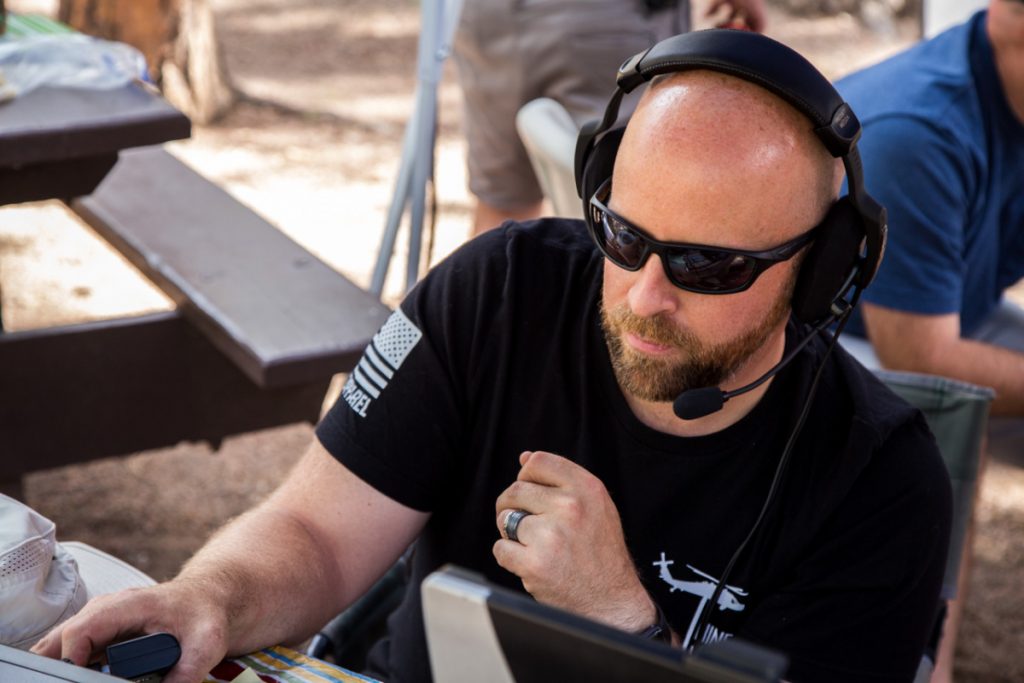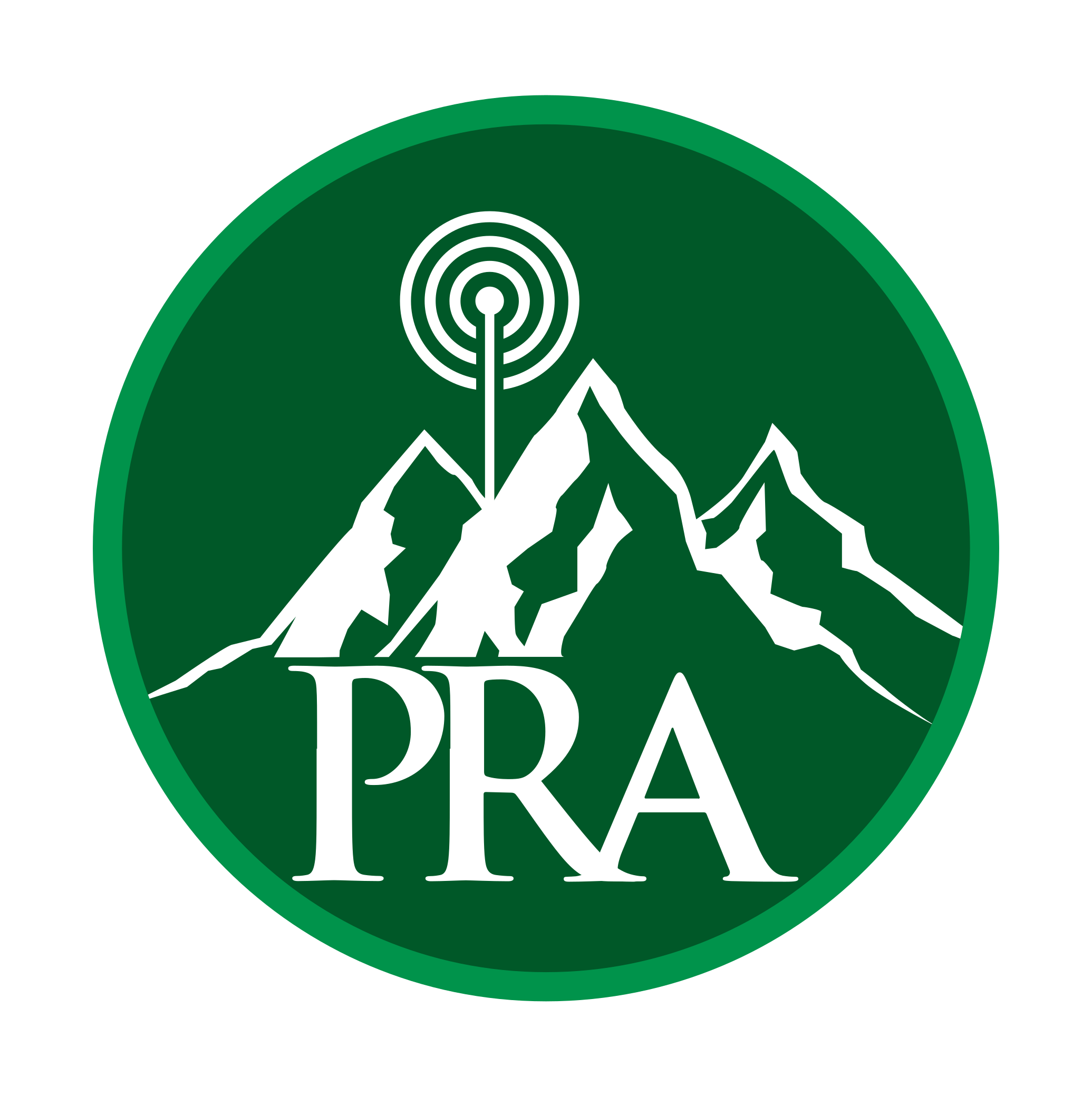
If you are new to amateur radio, you may be wondering what all the excitement is about solar cycles? At the upper levels of the atmosphere is the ionosphere, which is an electrically charged region that bends radio signals and sends them to far-off destinations on Earth. With utmost thanks to the ionosphere, we can launch our signals with confidence that we can be heard hundreds or thousands of miles away. If we did not have the ionosphere, I, for one, would not have much fun on HF.
What makes the ionosphere come alive, or go dormant, is electron density. Electron density can fluctuate based on solar activity. When solar activity increases, the ionosphere becomes a huge party of electrons and radio signals bend with ease back to earth. At the same rate, when solar activity decreases, the party is over…electrons become less dense, and thus, less able to bend our amazing signals. This makes DX contacts challenging, to say the least. It even makes QRP operation even more challenging.
As Cycle 25 is upon us, and if you are a Technician, you are going to get an amazing taste of DX operation, particularly on 10-meters. Not only are you working on your General upgrade, but now would be a good time to acquire or borrow a radio and antenna that has 10-meter capability. At the peak of the solar cycle, which will be another few years out, you will experience a lot of activity on SSB voice. With the evolution of digital modes, like FT8, digital communications will also be abundantly available both regionally, nationally, and internationally.
If you happen to be a QRP aficionado, your patient waiting will be coming with great reward with the improved conditions to come. QRP operating has become popular because of the simplicity of the radios and they are relatively easy to transport. We are fortunate in Colorado with beautiful mountains and amazing parks where a portable operation can be set up easily with a battery powered radio and simple wire antenna. Between Parks on the Air (POTA) and Summits on the Air (SOTA), there is no better way to enjoy the great outdoors than with ham radio, a new solar cycle, and improved conditions.
With the new solar cycle upon us, now is the time to really dial in the time, talents, and treasures. If you are new to amateur radio, your timing is perfect. With the PRA, we have a great Elmer Team and over 200 members that have all been exactly where you are today. If you have the willingness to learn, we promise to put our resources into your hands. Even as a new ham, you already have all three elements of time, talent and treasure. At each of our Elmer events (whether face-to-face or online) as well as the portable operations deployments, I am amazed at how much I learn at these events. It can be as simple as learning how to best launch an antenna into a tree. My favorite is still my antenna rock. If you are an experienced operator, when was the last time you put your time, talent and treasures back into the amateur radio service? Maybe you noticed a new callsign on the repeater? Did you say “hello?” and introduce yourself? Maybe you heard of a new ham looking for advice on their first radio or antenna and how to set it up?
The three elements of time, talent and treasures all play a part in the success of the PRA and the ongoing success of the amateur radio service. By offering time and showcasing our talents, we can teach others to find their treasures. With the new solar cycle here, contacts on HF are soon to be abundant and we all want to ensure the legacy of the next generation of operators are primed to succeed with the time, talent and treasures they can pass on for decades to come. With the weather breaking, it is time to get on the air! Try a new location like a park or local picnic bench. You never know who you may be able to give the amateur radio service an introduction. See you on the air!
73,
Dan – N2SRK
President
Parker Radio Association
